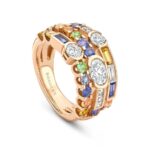“She was too young to know that all gifts bestowed by fate have their prices secretly marked.”

The young queen, stripped of her usual elaborate gowns and glittering jewels, walked towards her tragic end amidst a chorus of condemnation and abuse.
She raised her eyes to meet the gaze of the onlooking crowd below, yet there was no trace of fear in her eyes. It was as if she were still elegantly holding a fan, surrounded by ladies-in-waiting, sitting amidst all the splendor.

With a dynasty on the brink of collapse, the first to fall would undoubtedly be the “Bourbon Lily” – that ornamental and impractical flower blooming so brilliantly atop the Palace of Versailles.
The exorbitantly priced diamond necklace, originally intended for Madame du Barry, became the reason Marie was sent to the guillotine.

Extravagance, debauchery, decadence… all these disgraceful words were hurled at this once noble and delicate figure.
In the end, Marie Antoinette shed a tear. Was it for the undeserved accusations? Or was it regret for her own extravagance that led to the fall of the dynasty?

All the bizarre coincidences and absurd secrets were buried in darkness along with this diamond necklace.
One day, the truth will come to light, just as this diamond necklace will.
The World’s Most Expensive Diamond Necklace
“There are quite a few people at Versailles today, aren’t there?”
“Y-yes, indeed!”
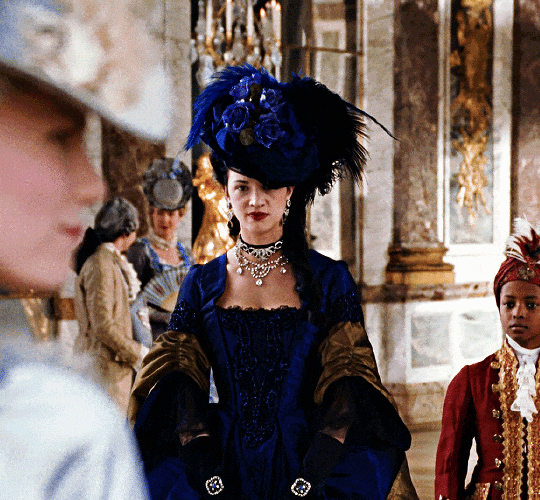
Madame du Barry, a woman of humble origins and questionable reputation, had, through the King’s favor, come to stand on the same ground as Marie – the most prestigious place in France, the Palace of Versailles.
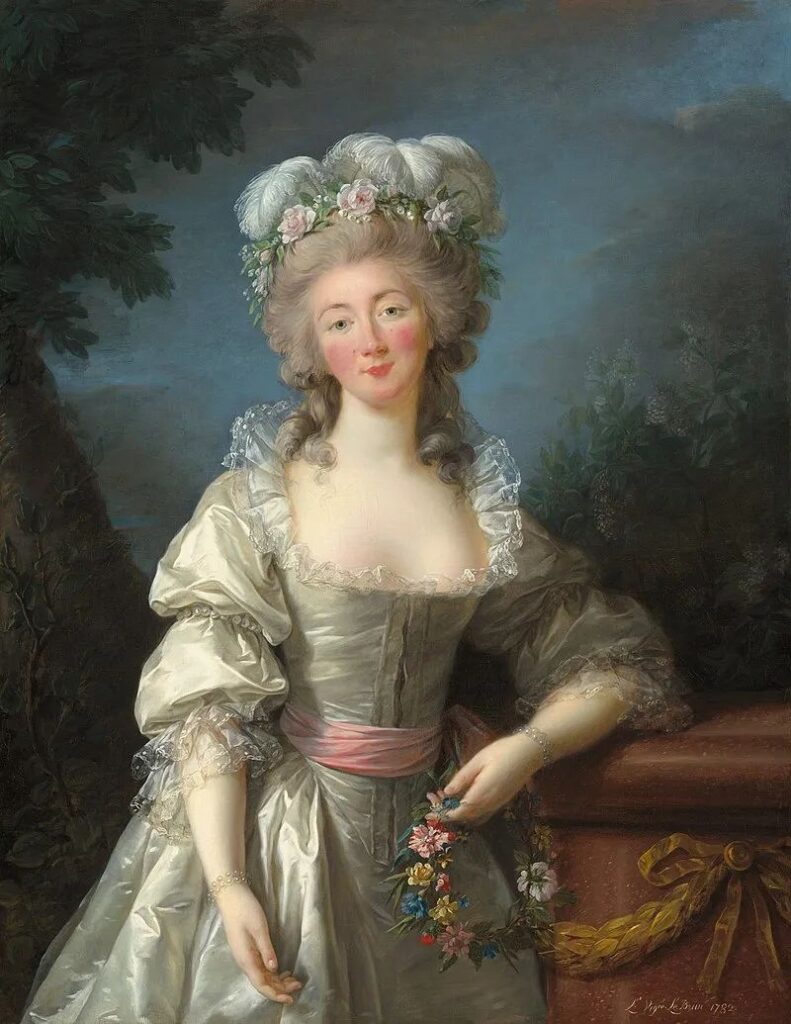
Marie’s father was Emperor Francis I of the Holy Roman Empire, and her mother was Maria Theresa, Queen of Austria, Hungary, and Bohemia.
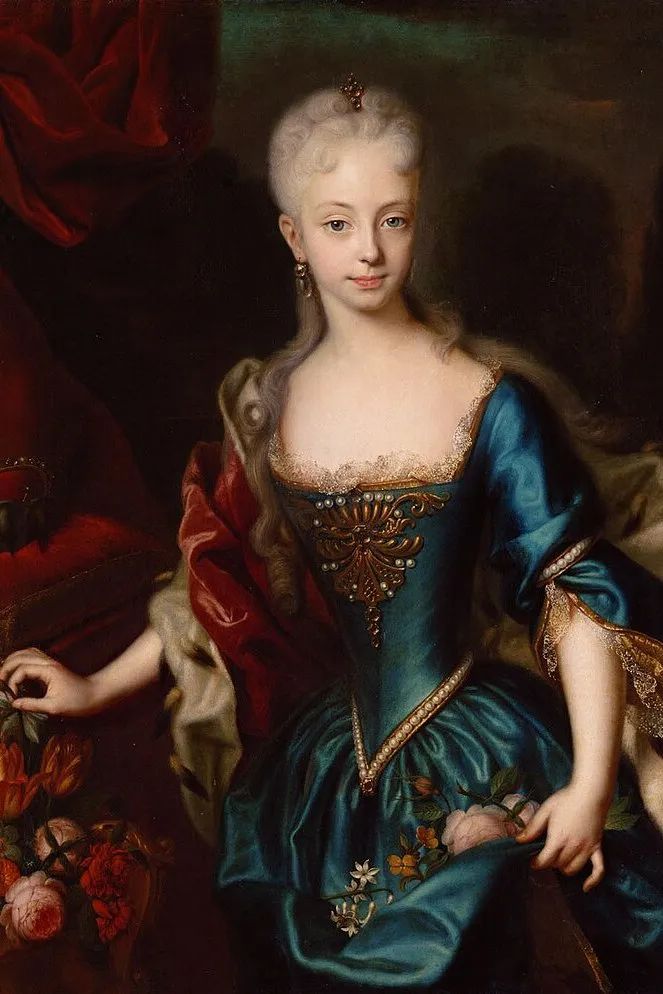

Once, Marie Antoinette was the most noble little princess, with golden wavy hair shimmering and skin as white and delicate as snow. Now, she was the esteemed Dauphine of France.
On the day she became the Dauphine, she wore a Rococo-style wedding dress woven with gold and silver threads. The massive white skirt was adorned with diamonds and pearls, symbols of purity.
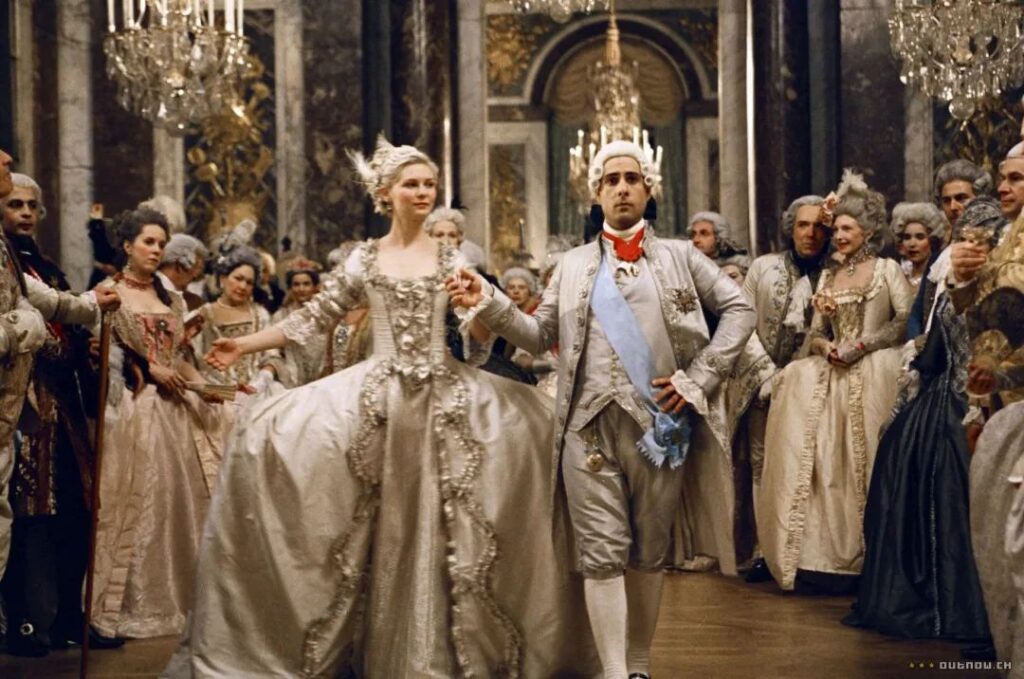
For someone of such noble birth and pure bloodline to be conversing with a courtesan – was there a more ridiculous joke in the world?
But even a spoiled princess understood that sometimes one must bow to circumstances.
In 1774, old King Louis XV unfortunately fell ill and passed away. Louis XVI officially succeeded to the throne, and the 18-year-old Marie Antoinette became the new Queen.
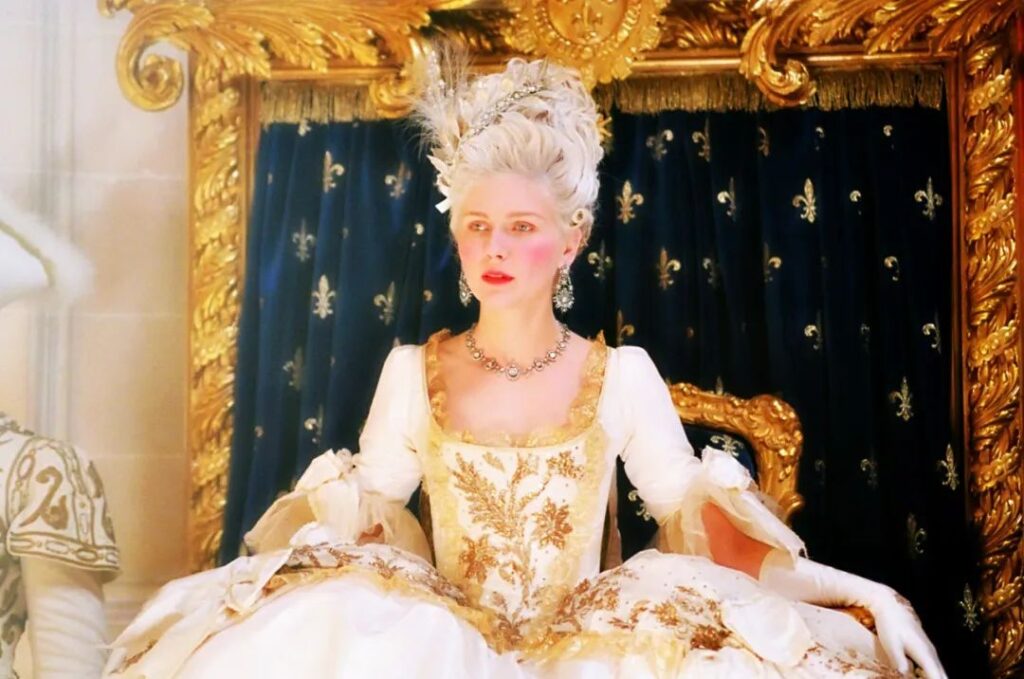
Marie exercised her power as Queen and finally expelled Madame du Barry from Versailles, unaware that this decision would worry a group of jewelers outside the palace.
During Louis XV’s reign, to please Madame du Barry, he had ordered craftsmen to create an exquisite diamond necklace.
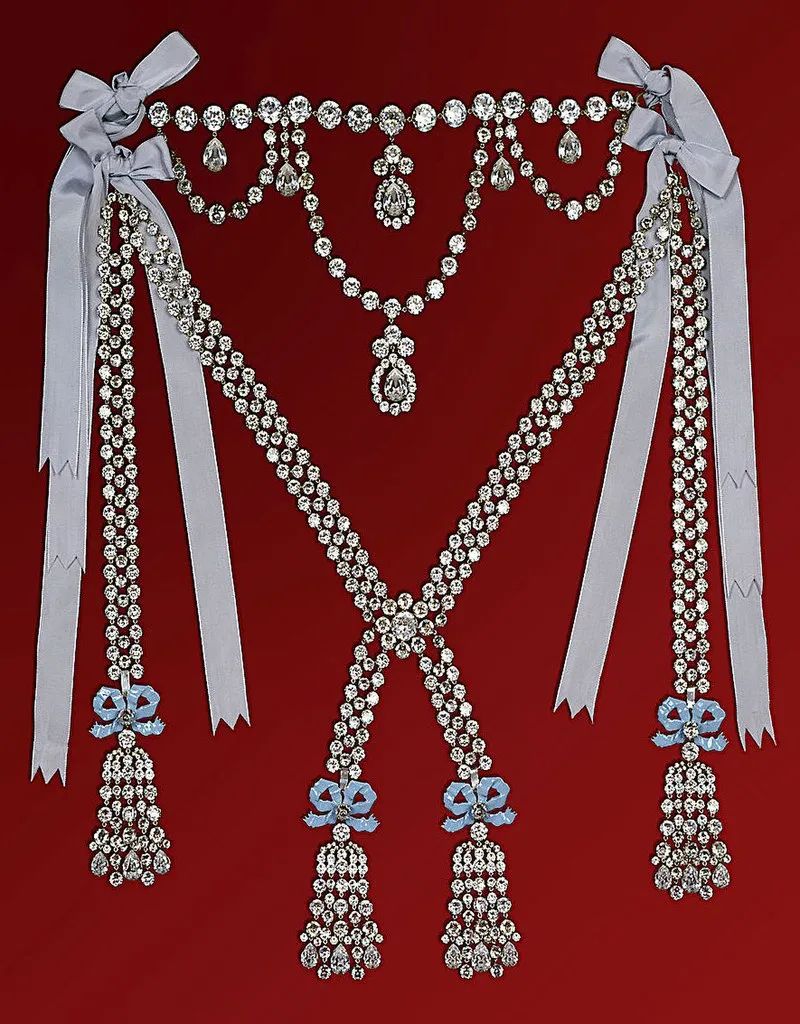
This necklace, decorated with a giant butterfly bow ribbon, contained 647 flawless diamonds, each weighing 3-5 carats.
The neat and tight arrangement made each diamond shine with captivating brilliance, as if stars had fallen from the sky to earth.
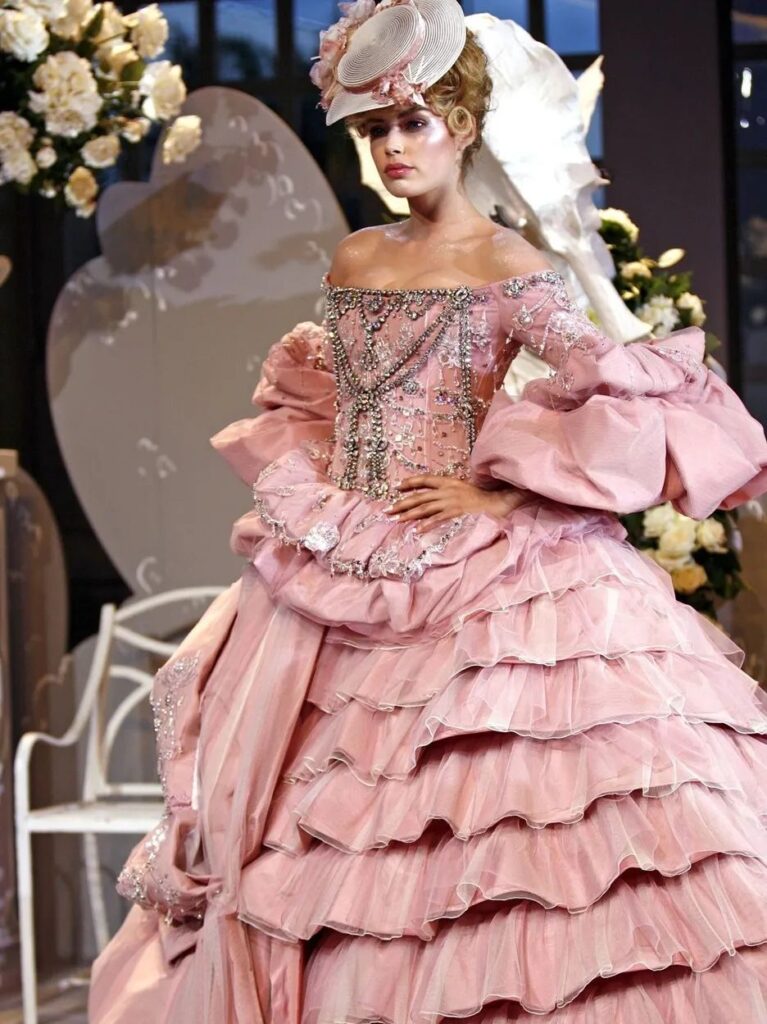
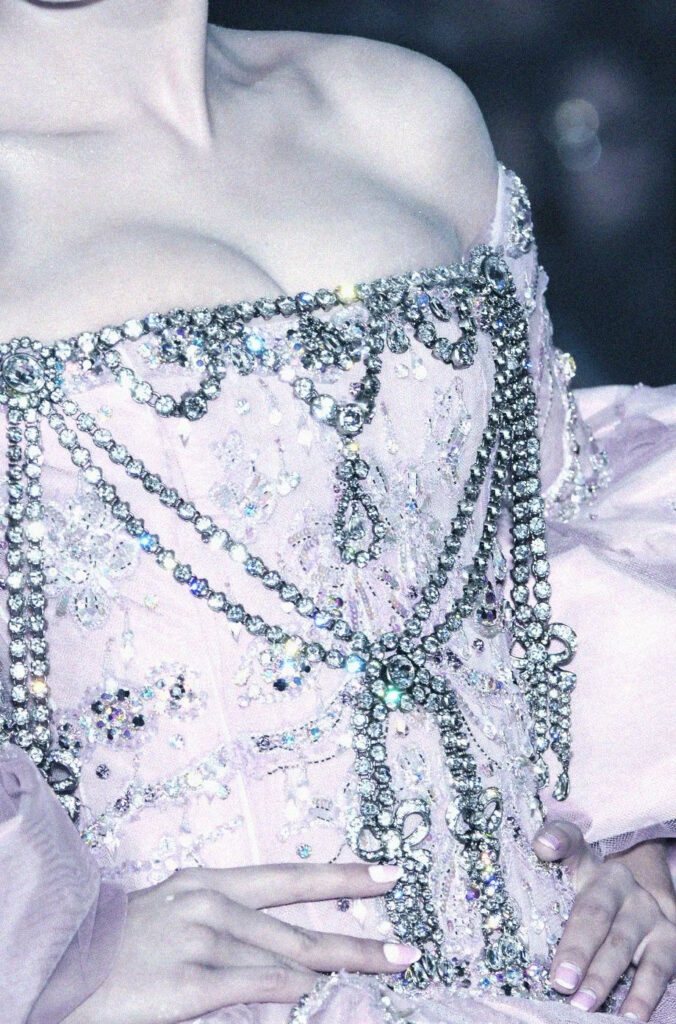
Just as the necklace was nearing completion, Louis XV suddenly passed away, and Madame du Barry lost her former favor. The diamond necklace became ownerless.
A priceless diamond necklace would be a financial disaster if no one paid for it. The craftsmen had a bright idea: sell the necklace to their new Queen Marie, who loved diamonds so much she surely wouldn’t refuse.
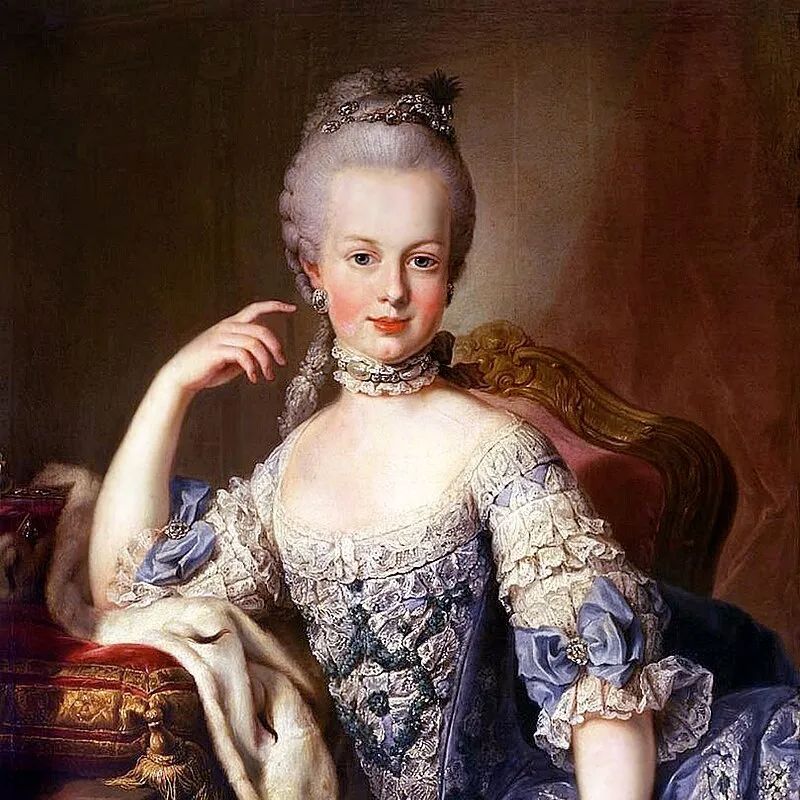
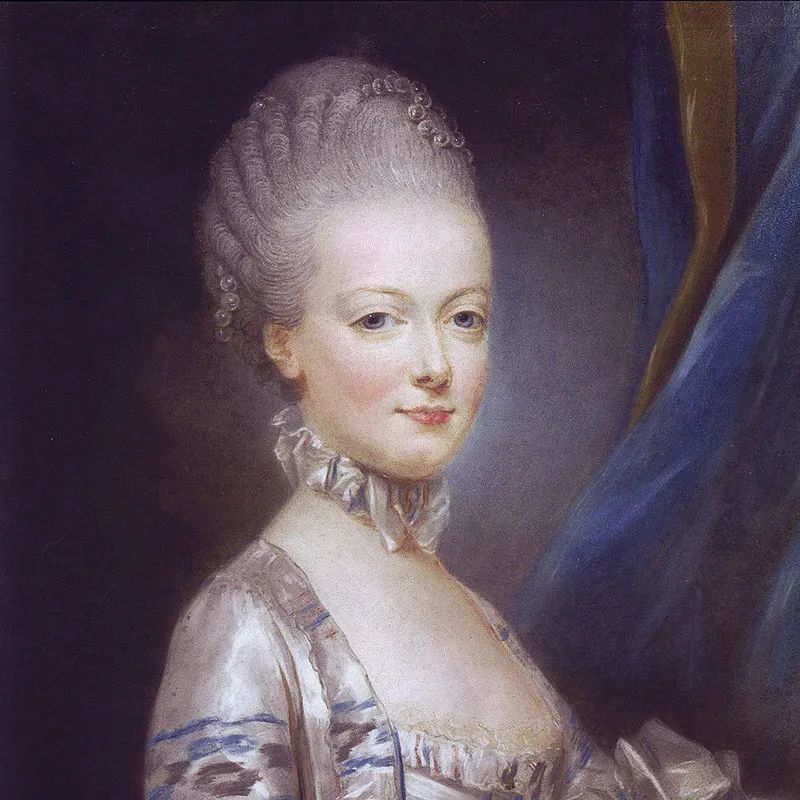
“2,000,000 livres? That’s enough to buy a warship!”
Marie indeed loved jewelry, but she wasn’t foolish. Such an expensive necklace, and one that belonged to that detestable woman, no less.

200,000 livres is equivalent to about 14 million USD today, At that time, a 74-gun Téméraire-class ship of the line cost about the same.
Knowing Marie’s love for diamonds, Louis XVI, devoted to his wife, gifted her many priceless jewels.
This pair of exquisite and elegant Rococo-style diamond earrings was a gift from her husband.
The earrings are set with two large pear-cut diamonds, weighing an astonishing 14.25 carats and 20.34 carats respectively. The entire pair of earrings shines with dazzling brilliance, like two meteors streaking across the night sky, breathtakingly beautiful.
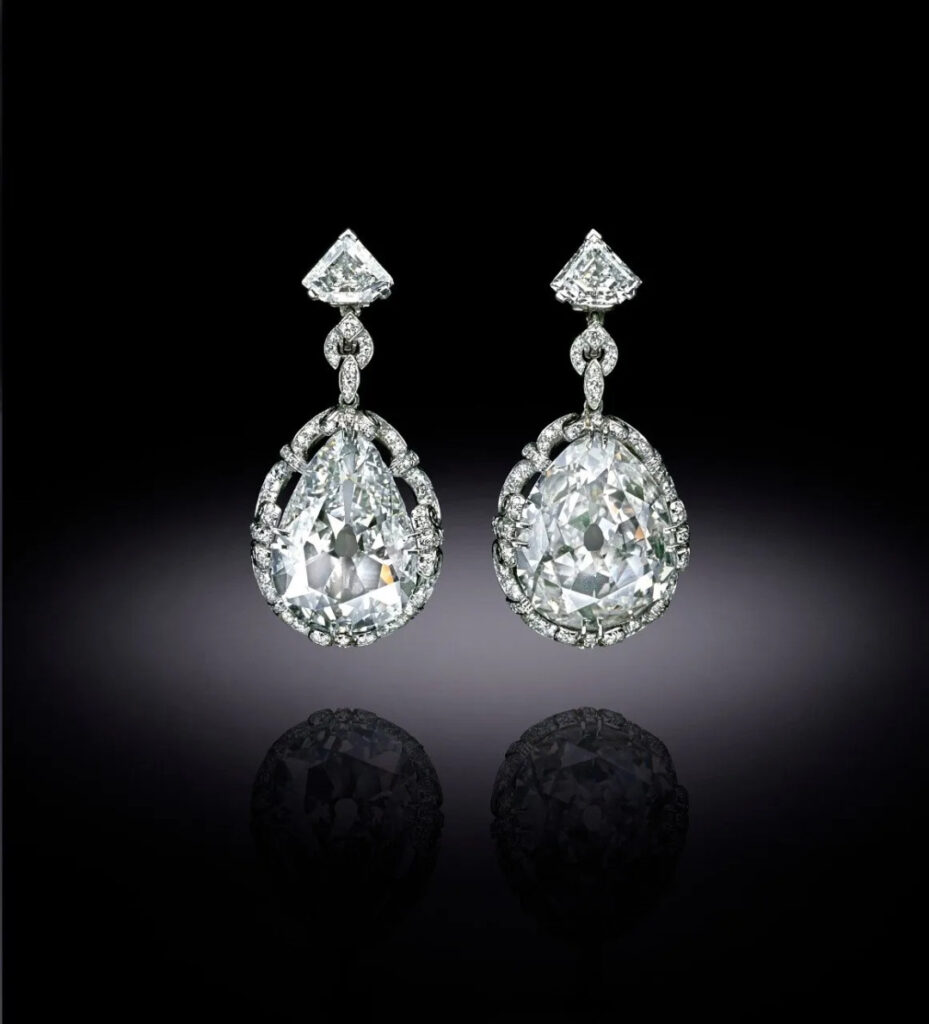
To match her dazzling diamond earrings, Marie’s jewelry box also contained several impressively large diamond necklaces.
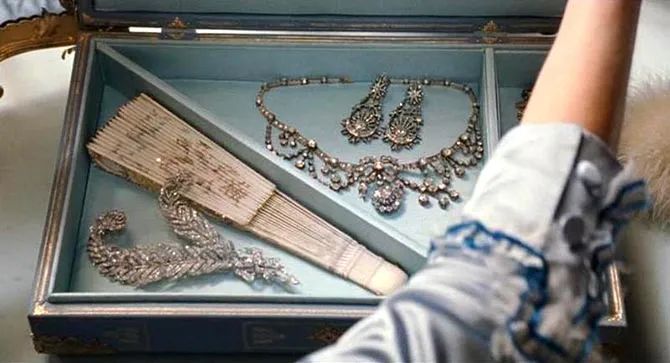
This diamond necklace, made of countless shimmering white diamonds and two very rare oval yellow diamonds, was a birthday gift from Louis XVI.
The main stone in the first layer of the necklace is a 1.84-carat pink diamond, while the pendant at the bottom of the necklace is a perfect combination of a teardrop-shaped diamond and a pear-shaped pearl.
The entire necklace design is full of layers, with the brilliance of the diamonds intertwining, as dazzling as the Milky Way.
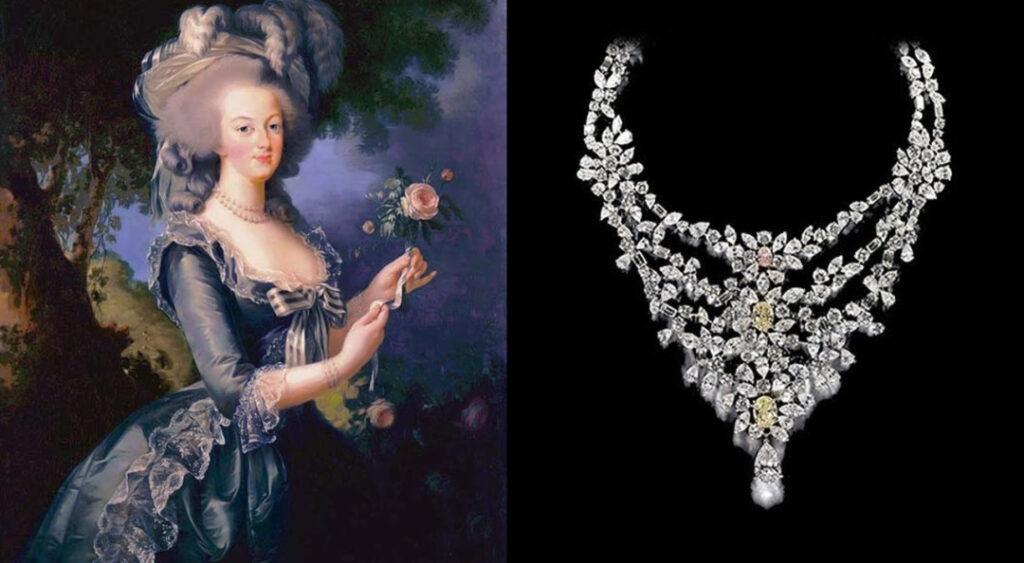
The necklace uses a total of 181 carats of diamonds and is one of the ten most expensive diamond necklaces in the world.
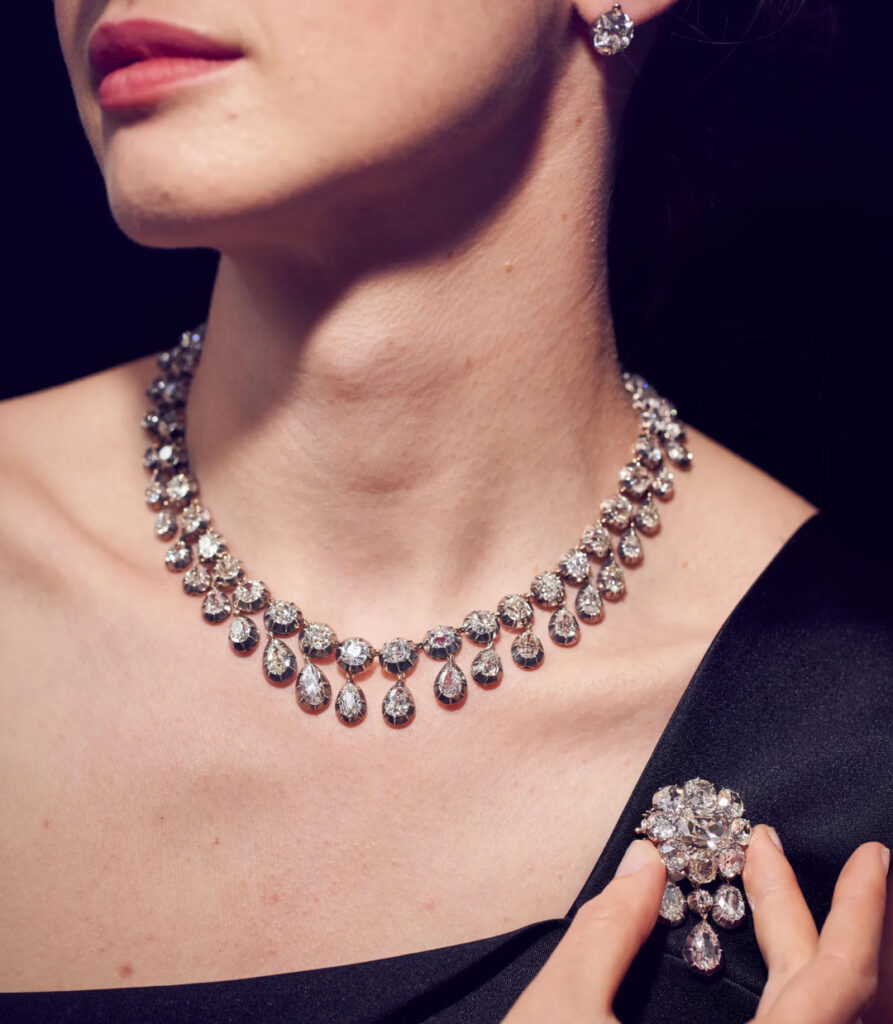

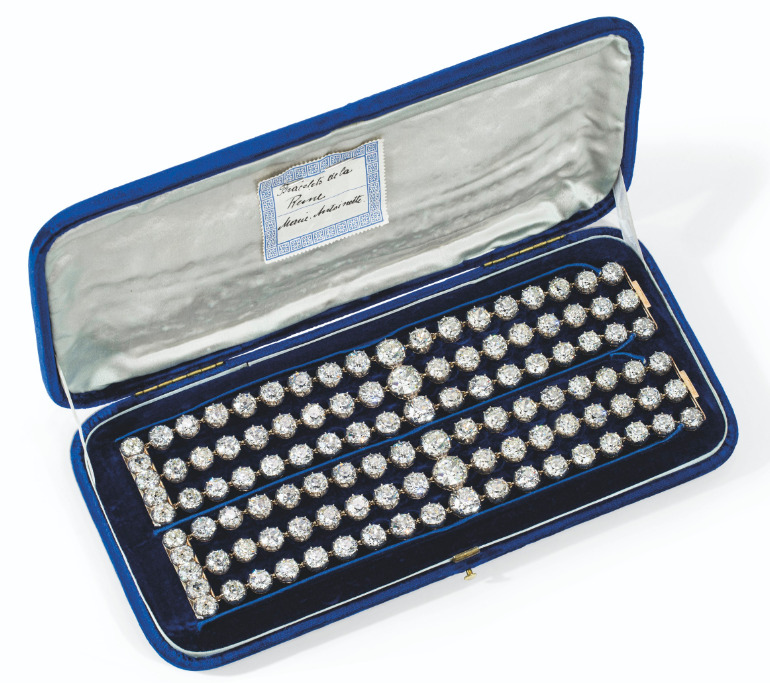
At a 2021 auction, this pair of bracelets sold for a staggering $8.2 million.
Even before becoming Queen of France, Marie Antoinette never lacked for priceless jewels, even as a princess.
For instance, this antique fancy-cut blue diamond ring, with a blue diamond weighing 5.45 carats, was part of her dowry from Austria.
Among Marie’s countless jewels, this ring appeared frequently. Nevertheless, Marie eventually gifted it to one of her noble friends.
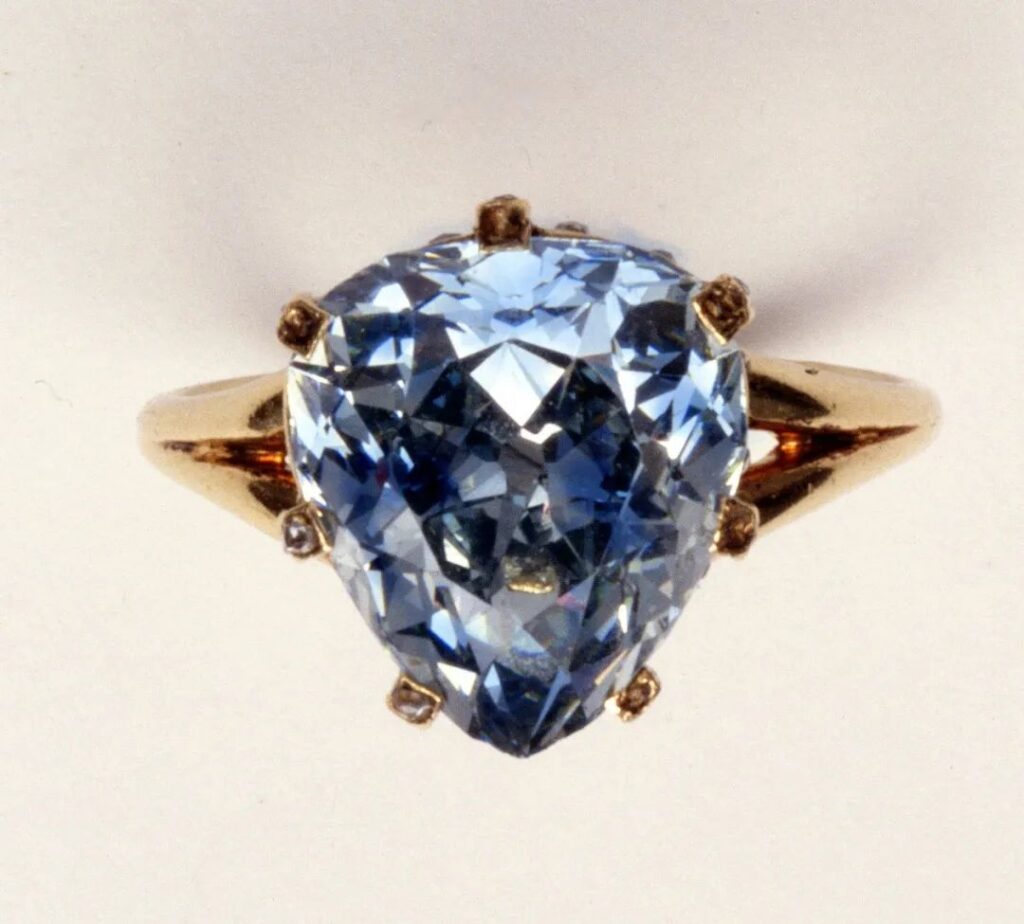
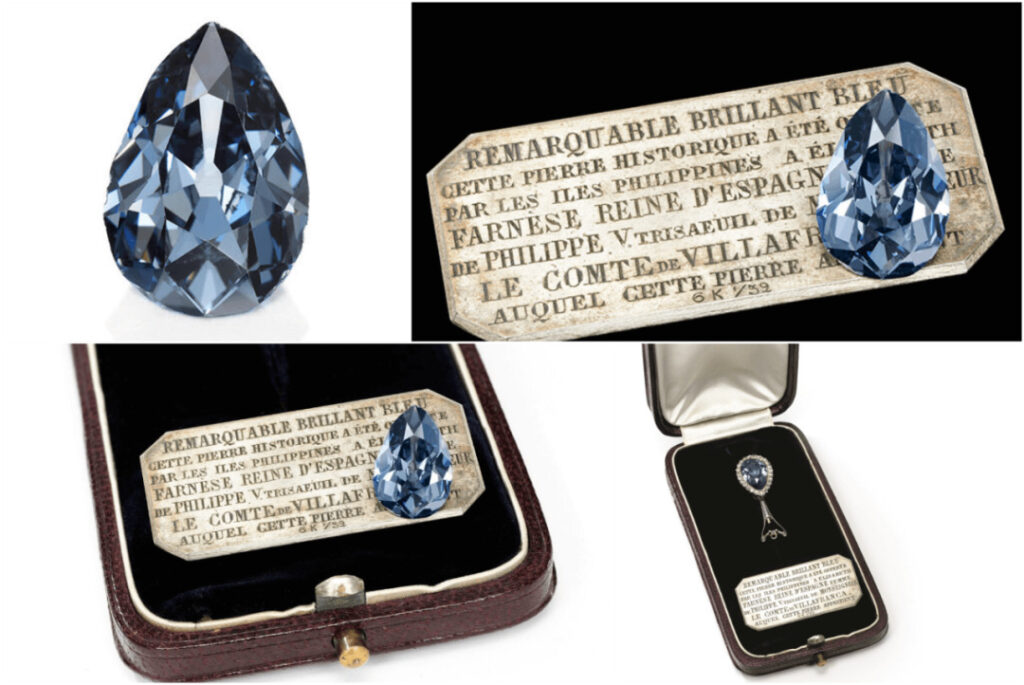
In 2018, it sold for a high price of $6.7 million.
Besides her inherent generosity and friendliness, it was because what others saw as precious diamonds and jade were as abundant to her as the flowers in the Petit Trianon gardens.
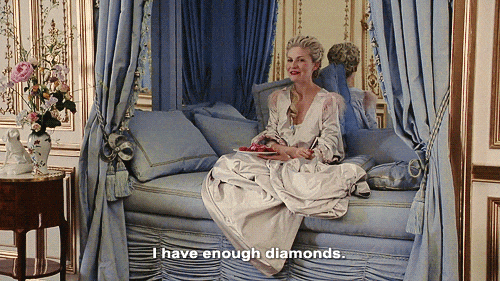
With the failure to sell the diamond necklace, the craftsmen once again fell into despair. At this moment, a woman named Jeanne de Valois-Saint-Rémy entered the scene.
The Great Conspiracy
In 18th century France, where bloodline theory was prevalent, Jeanne, penniless but with Valois dynasty blood, used this to obtain a generous royal allowance.
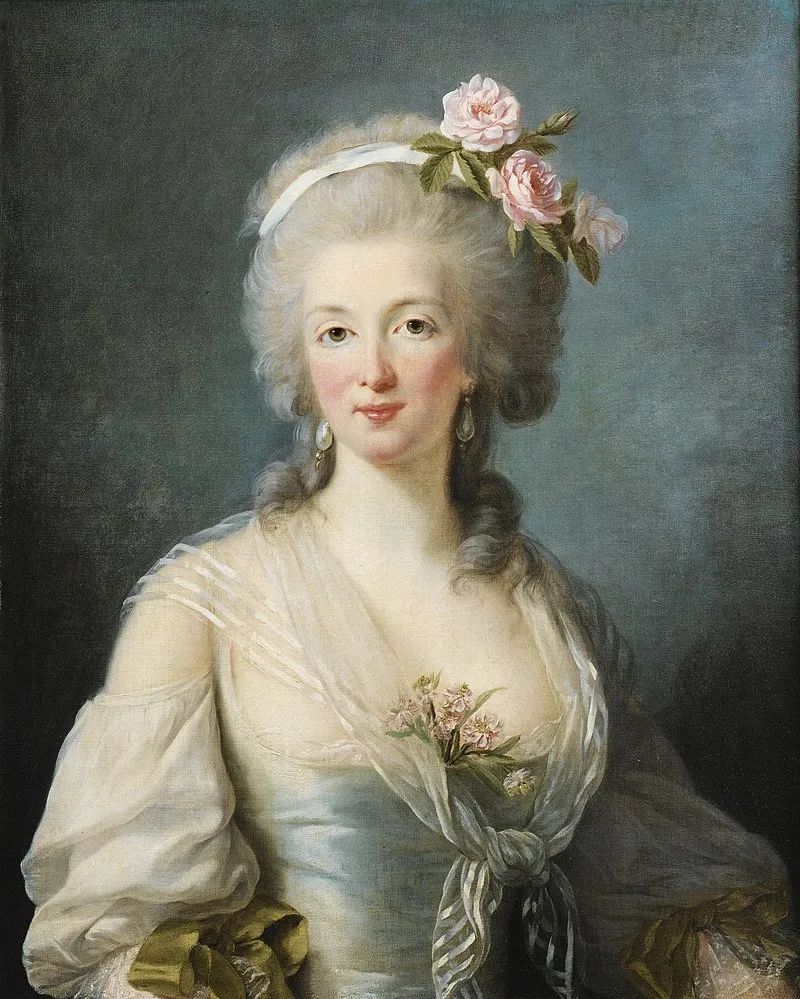
Unsatisfied with this, Jeanne began using her noble status to deceive others. It was then that she noticed a powerful man who desperately needed her “help” – Cardinal Rohan.
Jeanne discovered that Rohan was a fool obsessed with power and daydreaming about the Queen. She began shamelessly fabricating “personal letters from Queen Marie” to swindle money.
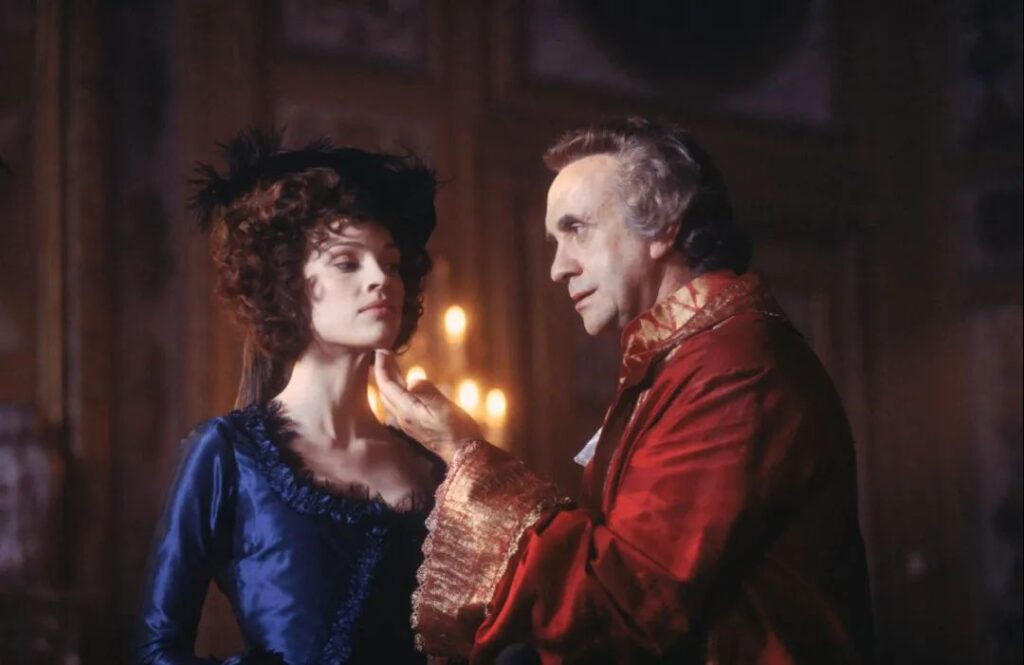
But desire is like a bottomless pit, difficult to fill. Jeanne finally set her sights on the expensive necklace that the Queen had once rejected.
Jeanne used flawless lies to persuade both sides, tricking Rohan into buying the necklace for 1.6 million livres, payable in four installments. The diamond necklace, of course, never reached Marie’s hands but was pocketed by Jeanne.
One day, when the impoverished Rohan couldn’t pay the final installment, the frustrated jeweler burst into the palace to confront Queen Marie, and the truth was finally revealed.
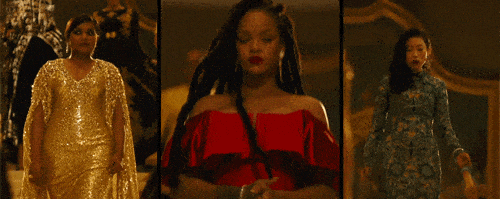
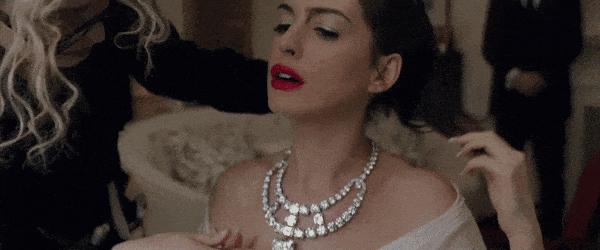
The wrongly accused Marie had a basket full of evidence to prove her innocence, but the angry French people directed all their anger towards the poor Queen.
This fraud not only damaged Queen Marie’s reputation but also indirectly led to the decline of the French royal family. The already unstable dynasty became even more precarious under the impact of the scandal.
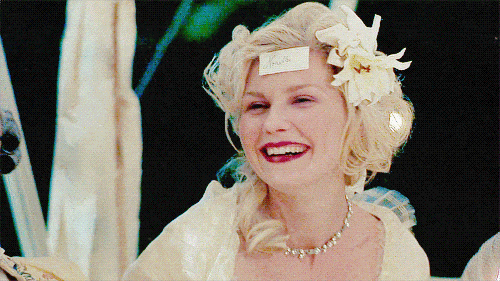
Soon after, the French Revolution broke out. On the eve of the political upheaval, the distraught Marie packed her gold, silver, and jewels into boxes and sent them to Austria.
When the Austrian royal family opened this ordinary wooden box and began to count its contents one by one, people realized that Queen Marie, resented by the people, was indeed not entirely innocent.
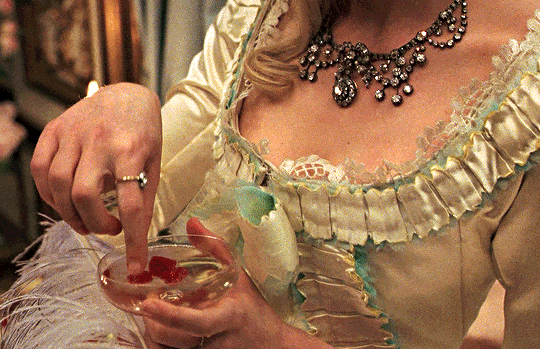
Among Queen Marie’s jewels, the most famous is the diamond known as the “Hope Diamond.”
After years of wear and passing through several generations, this enormous blue diamond still weighs an astonishing 45.52 carats. Its deep blue fire is as profound as the ocean.
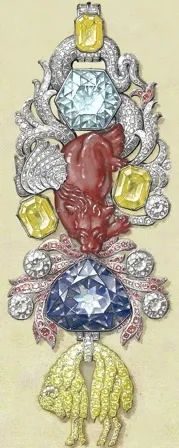

Currently, the Hope Diamond is kept at the National Museum of Natural History in Washington, D.C.
In this most famous portrait of Queen Marie, the “Hope Diamond” appears as a brooch, shining brilliantly. Even across centuries and through a canvas, one can still glimpse its former glory.
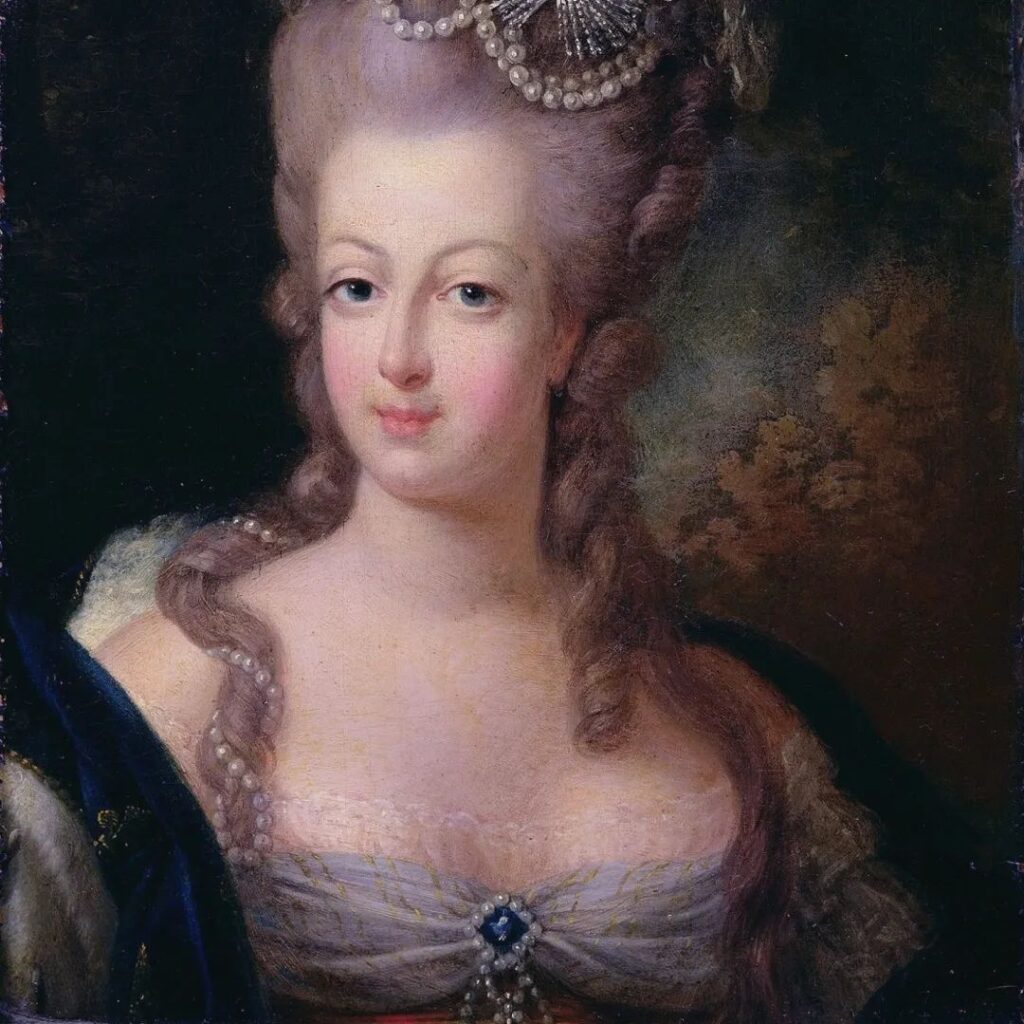
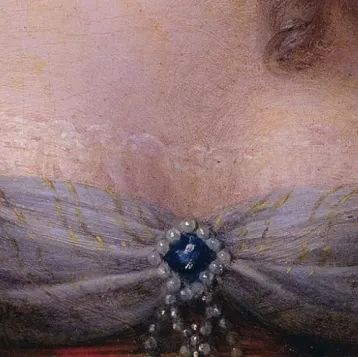
The “Hope Diamond” was also the inspiration for the “Heart of the Ocean” in “Titanic”
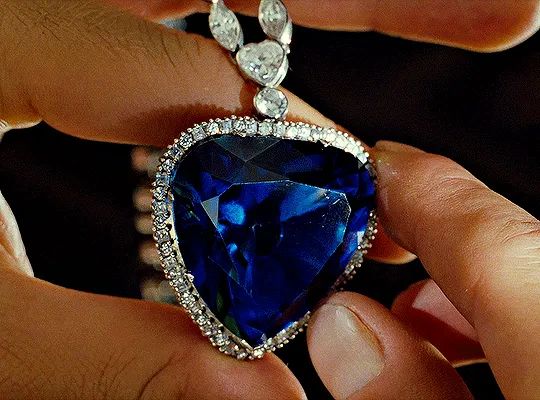
Queen Marie’s evaluation of a piece of jewelry was never solely based on the expensiveness of the gemstones; the ingenuity and uniqueness of the jewelry’s design were also very important.
This bow ribbon diamond brooch, which once sold for $2,000,000, can be worn not only as a brooch but also as a hair accessory. Its design inspiration came from Queen Marie’s favorite bow element.
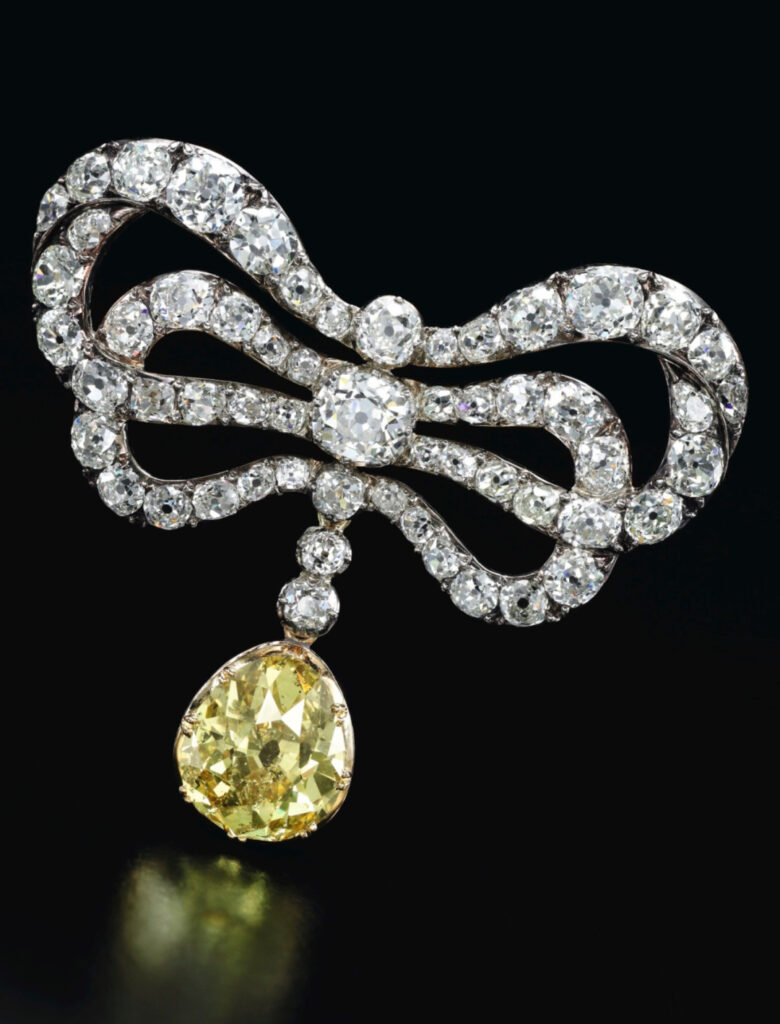
The large yellow diamond pendant at the bottom of the brooch has an ingenious design, adding a touch of liveliness and vivacity to its classical and elegant style.
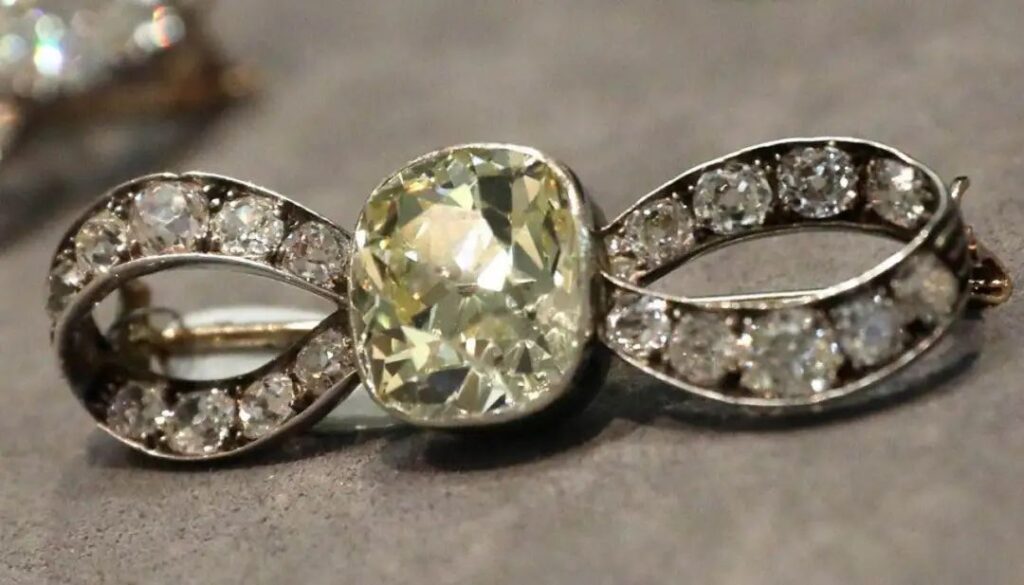
Besides diamonds and colored gemstones, Queen Marie was even more passionate about natural wild pearls. In her surviving jewelry and portraits, one can glimpse her love for pearls.
Jewelry that combined diamonds and pearls filled Queen Marie’s jewelry box.
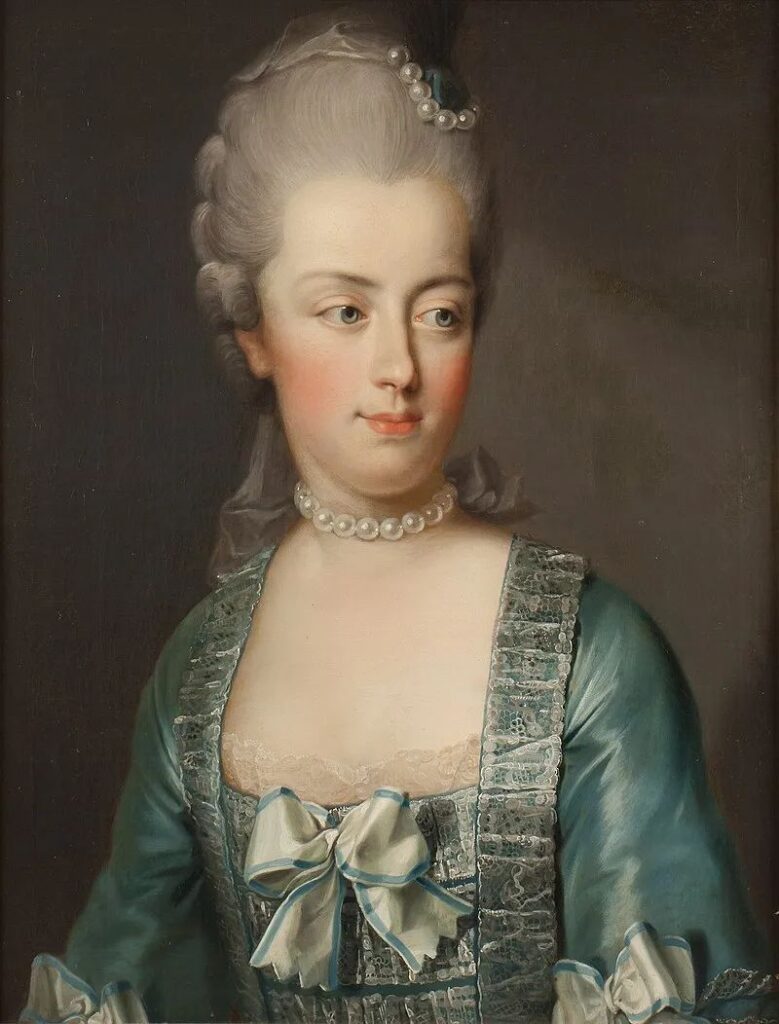
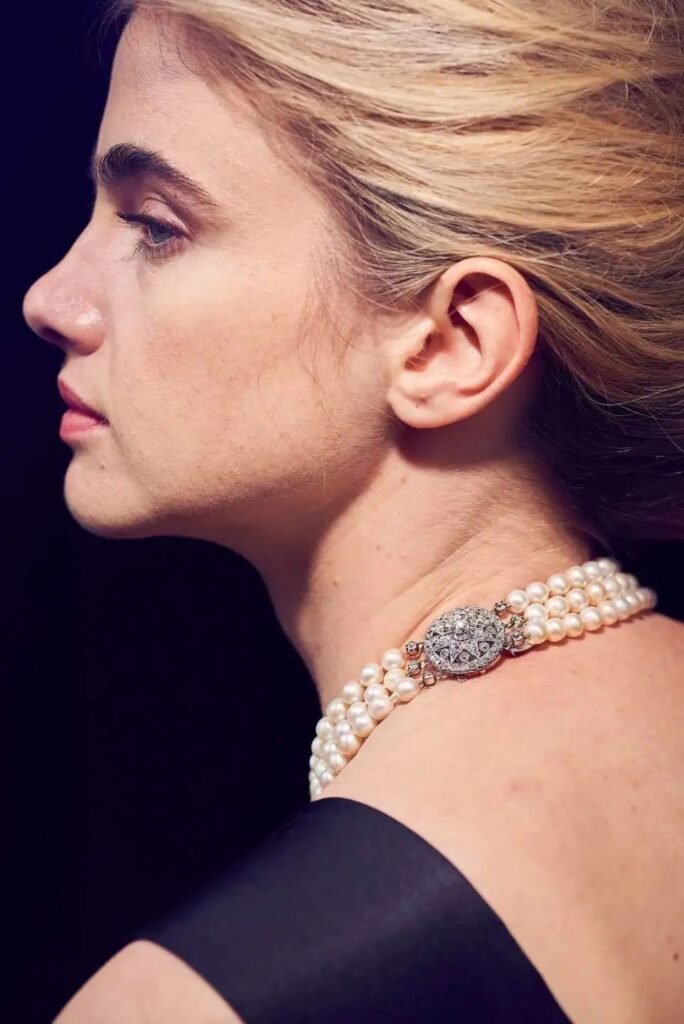
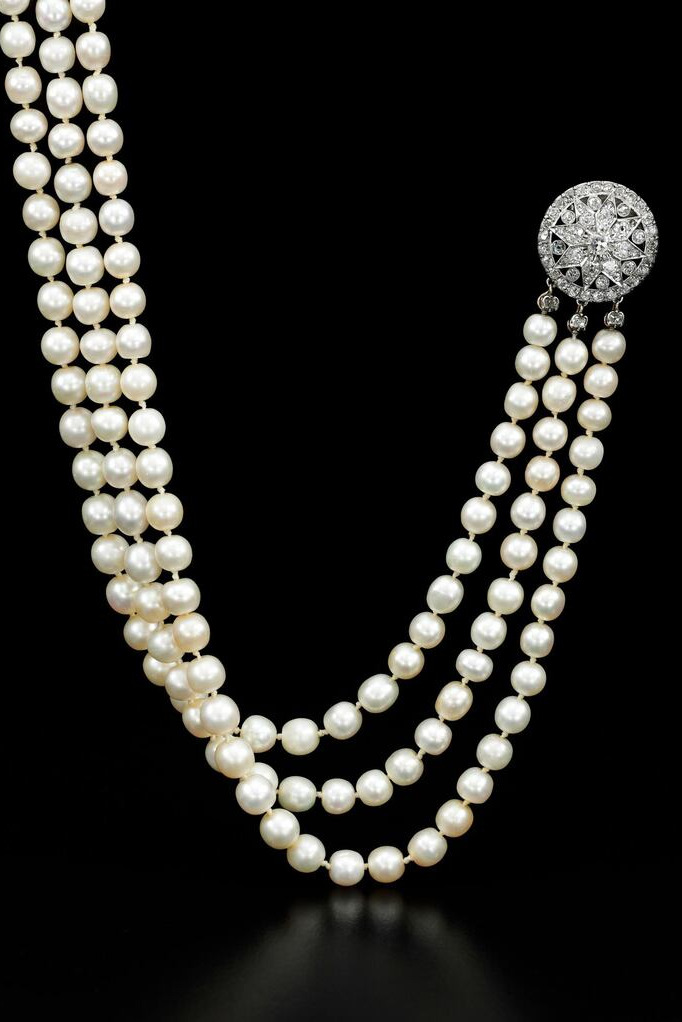
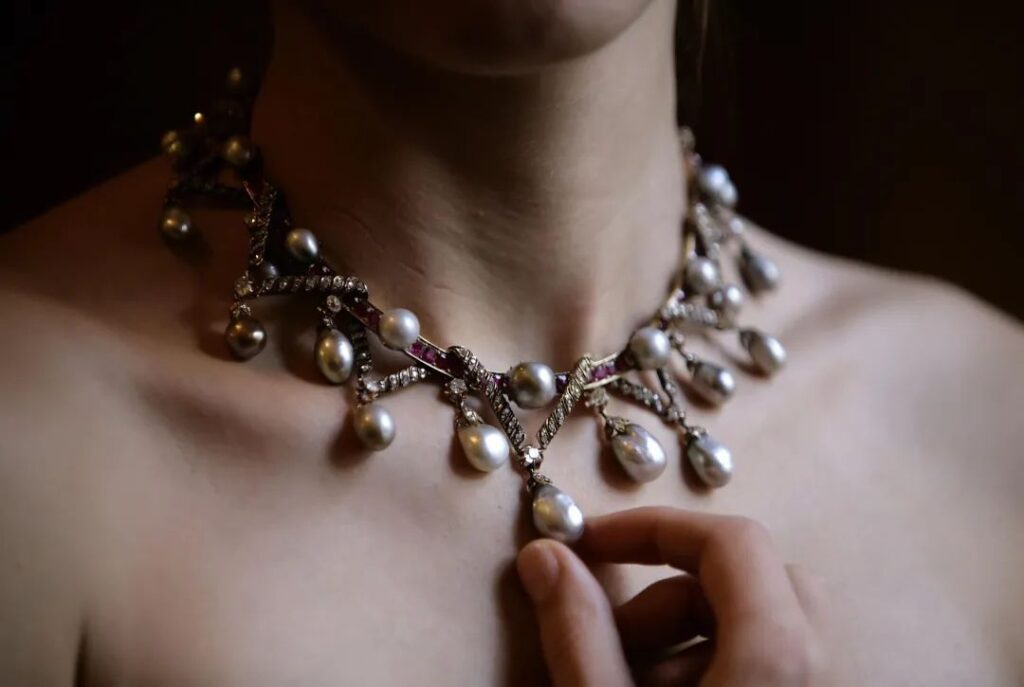
This necklace belonged to Lady Sutherland, but the pearls came from Queen Marie
If round wild pearls are hard to come by, then the iconic “pear-shaped beauties” are even rarer and more precious.
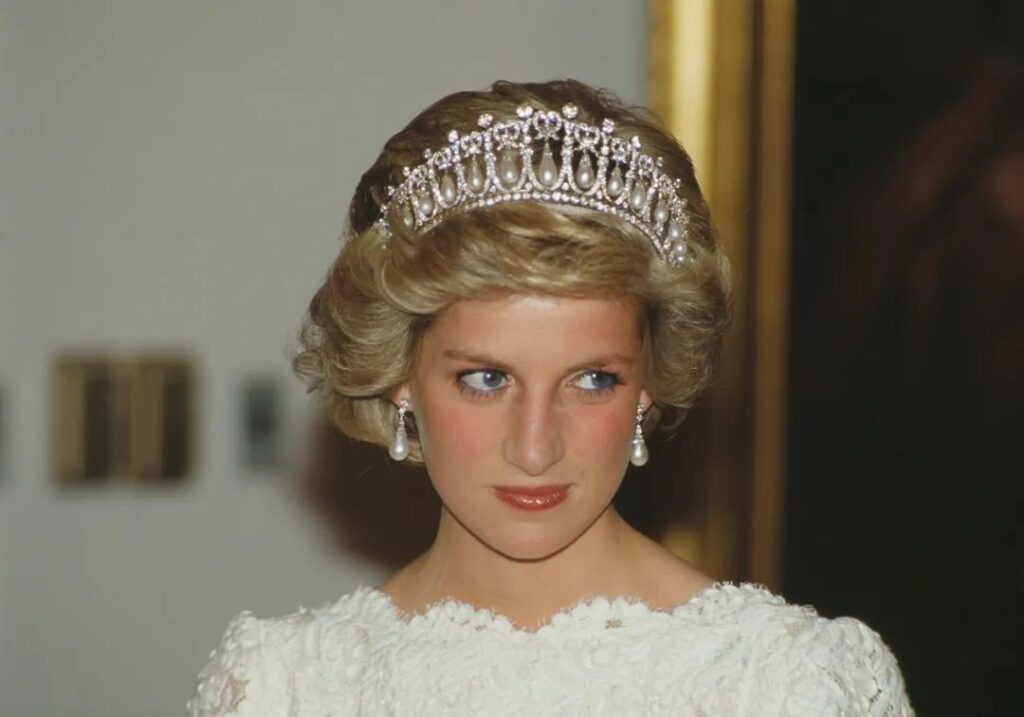
In recent years, at a Bourbon dynasty auction, a large natural pearl pendant sold for $36.2 million, setting a new world record for natural pearl auctions and becoming the world’s most expensive pearl.
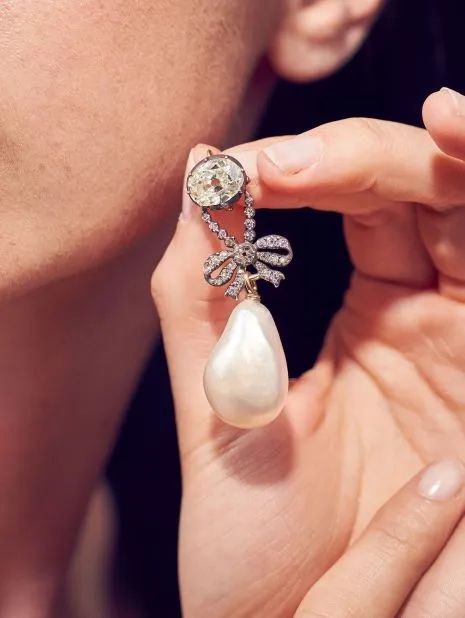
The pendant also features a diamond-encrusted bow and an approximately 5-carat oval-cut diamond, with an overall design full of romance and elegance.
After nearly 200 years, this quail egg-sized pear-shaped baroque pearl remains smooth, full, and lustrous, demonstrating its preciousness.
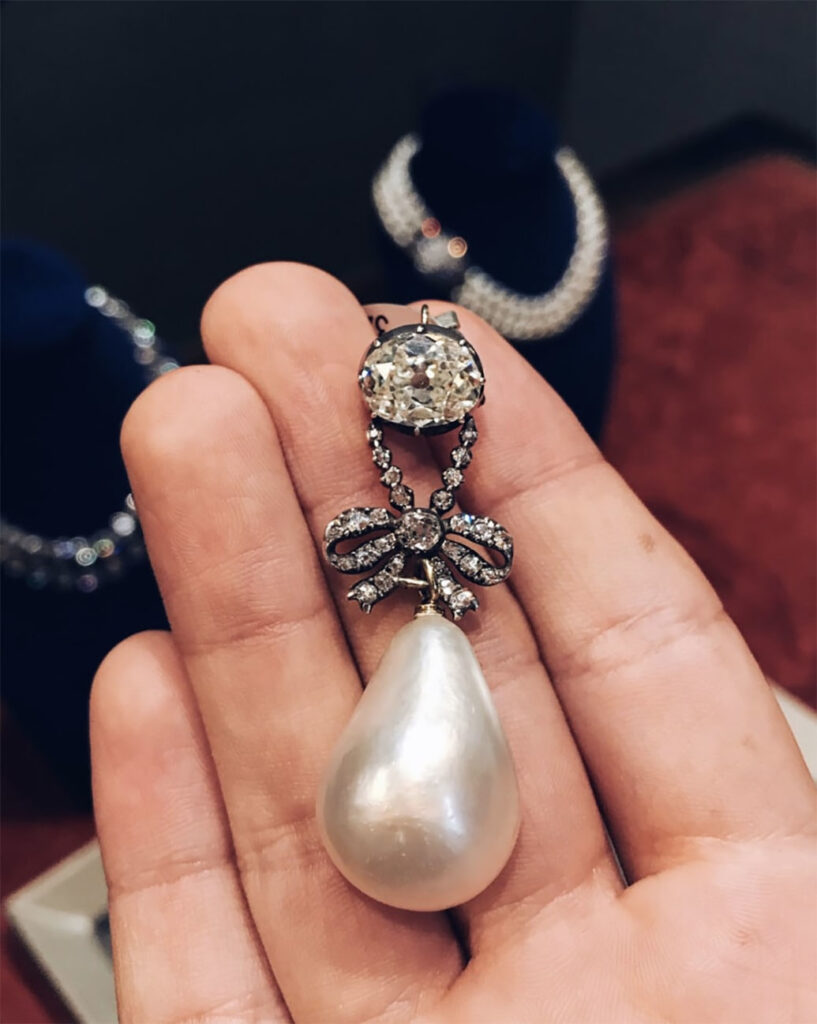
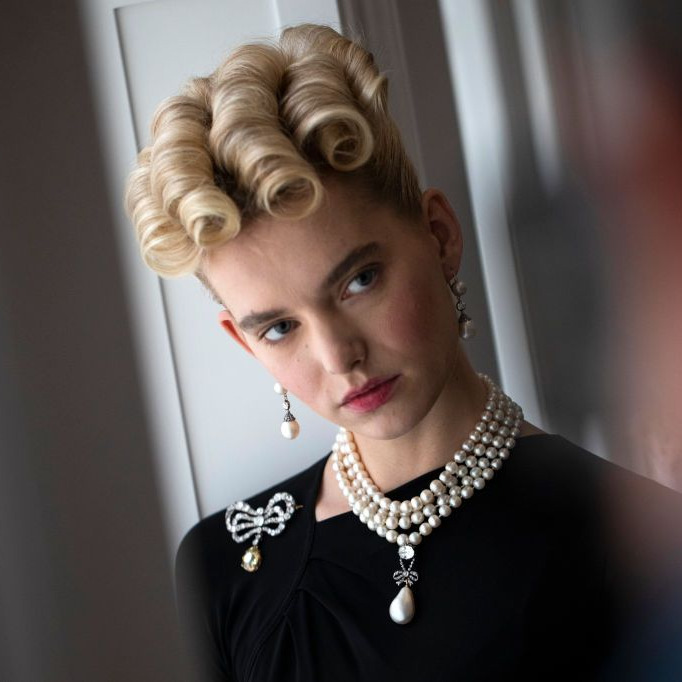
However, through text, oil paintings, and popular rumors, what we can glimpse today of Queen Marie’s vast, dazzling jewelry collection is merely the tip of the iceberg.
For this legendary queen who exhausted France’s treasury, her jewelry collection was just a small part of her extravagant lifestyle.
The Bourbon Lily
The earliest beauty blogger, a walking back garden, the fashion mother of France… People’s most common descriptions of Queen Marie concern her good taste.
As the “national idol” of her time, Marie often appeared at various Versailles palace banquets with diverse, “sky-high” wigs.

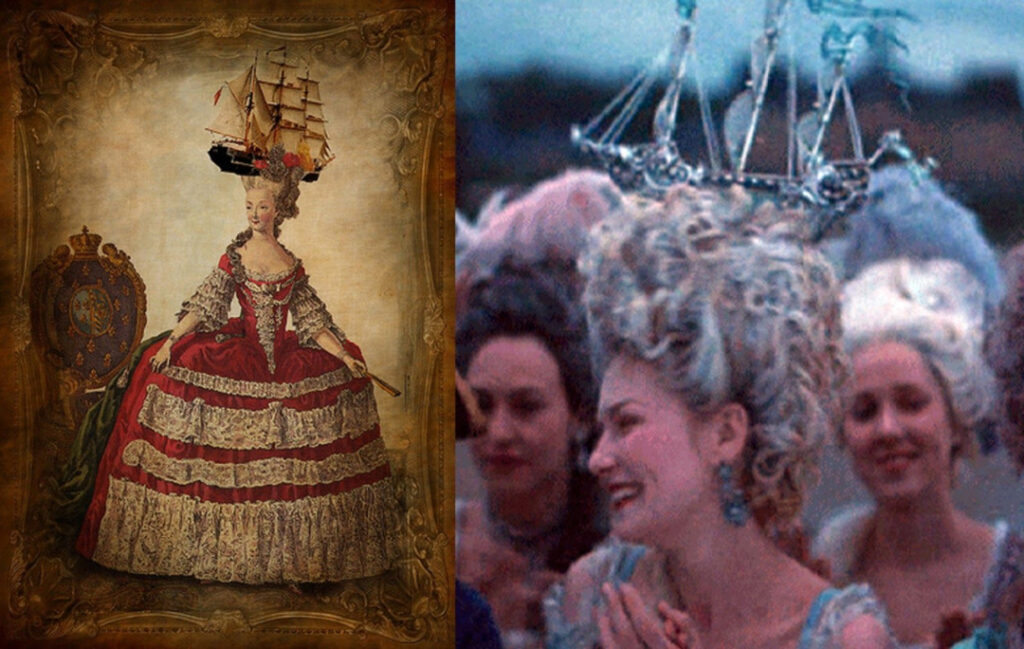
Whatever the queen wore or adorned herself with would be sold out overnight by self-proclaimed fashionable ladies. Among these, intricately designed feather jewelry was the most popular.
This type of headdress, called aigrette, was made from delicate natural egret feathers, enhanced with diamonds, and exemplified the light and dreamy characteristics of the Rococo style.
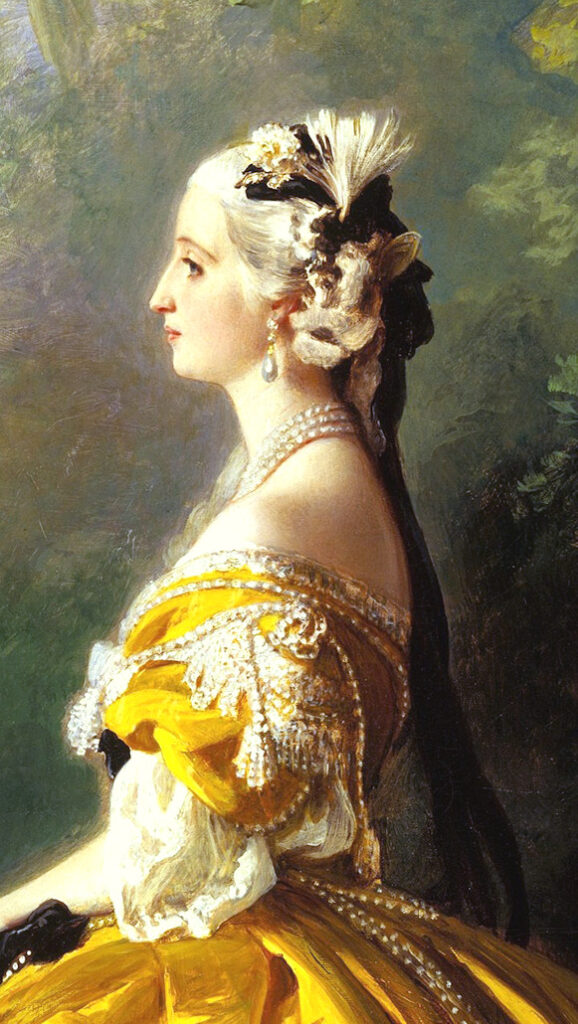
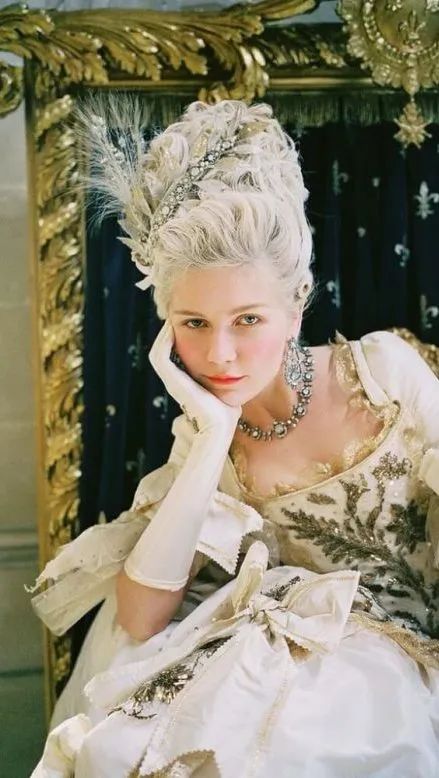
In many portraits of Queen Marie, aigrette jewelry can be seen. However, compared to the ethereal white egret feathers, Marie preferred glamorous dyed ostrich feathers.

She adorned them on wigs, jewelry, and even hats. As the wearer moved, the delicate and light feathers fluttered in the wind, creating an enchanting allure.
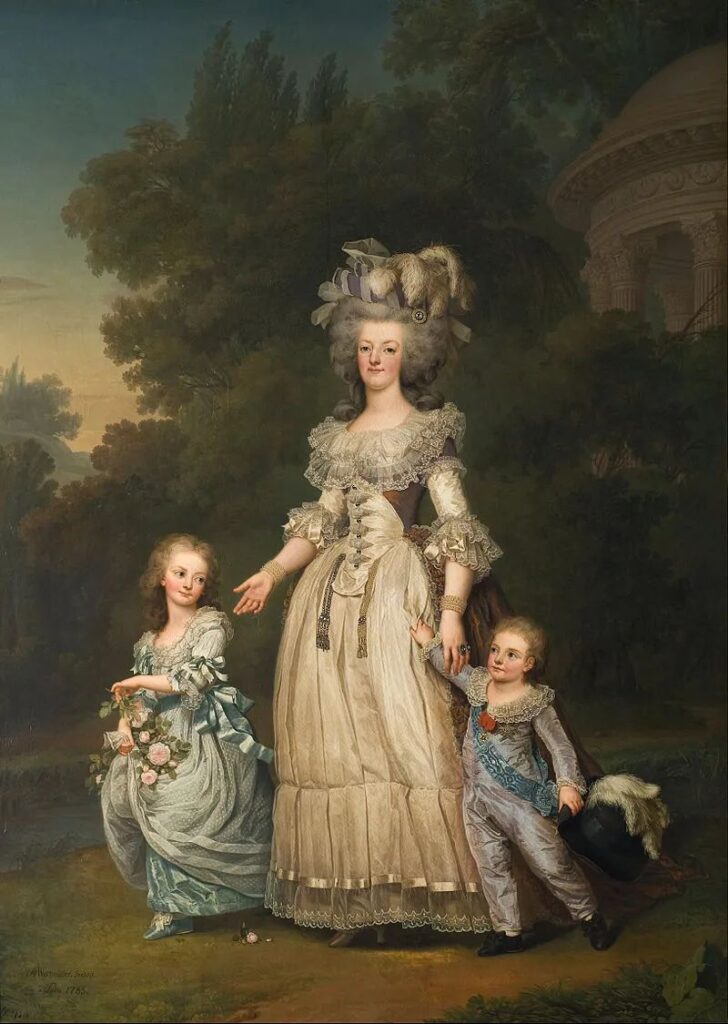
by Adolf Ulrik Wertmüller, 1784, National Museum of Sweden


Another court fashion trend sparked by Queen Marie was the folding fan.

From the 18th century, folding fans became an indispensable part of upper-class noble women’s attire.
Shy young ladies would often use fans to cover their faces at parties, communicating their feelings to admired gentlemen with just their eyes and brows.
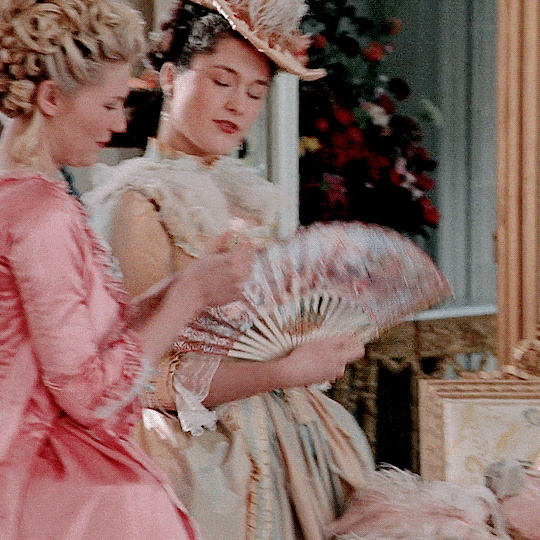
Whether it was handcrafted lace folding fans, colorfully painted fans blending Eastern and Western aesthetics, or shimmering mother-of-pearl fans, all were favorites of Queen Marie.
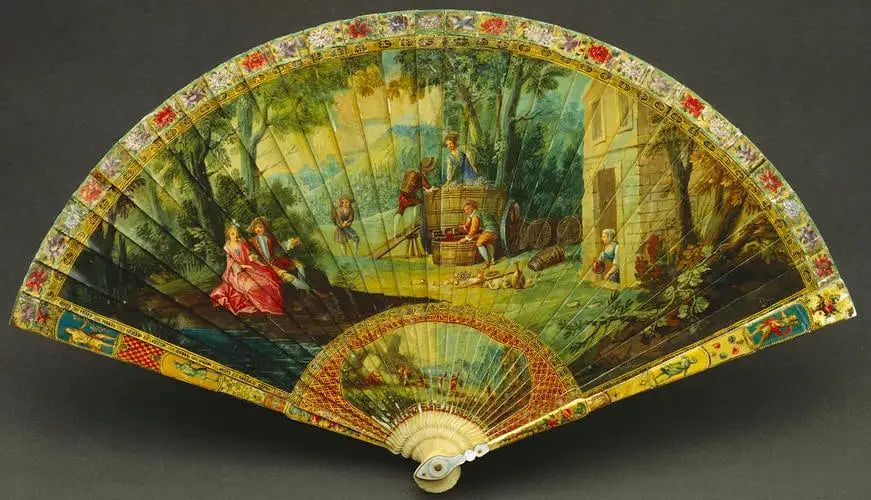


Besides fans and feather ornaments, what the queen valued most when attending banquets was not which jewelry to match, but what gown and shoes to wear.

It’s said that Queen Marie changed her clothes three times a day, with the most luxurious being the exquisite and elegant evening gowns worn to dinner parties.
From Madame de Pompadour’s popularization of the Rococo style to the reign of Louis XVI, this lively style pursuing natural romanticism became mainstream.
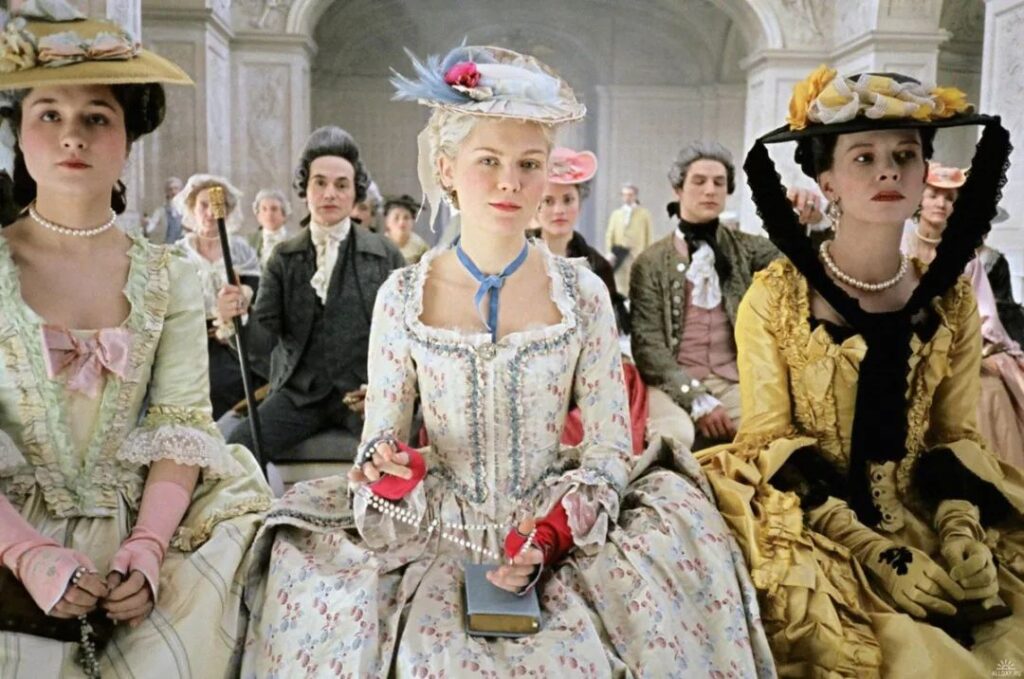
Queen Marie’s evening gowns took the delicate charm of the Rococo style to the extreme. Tight corsets accentuated slender, graceful waistlines, while wide skirts were adorned with intricate and diverse ruffles and lace.
Lace, ribbons, silk, tulle, fresh flowers, and jewelry – each custom-made gown was exceptionally beautiful. Anything she loved could be “worn” on her body.
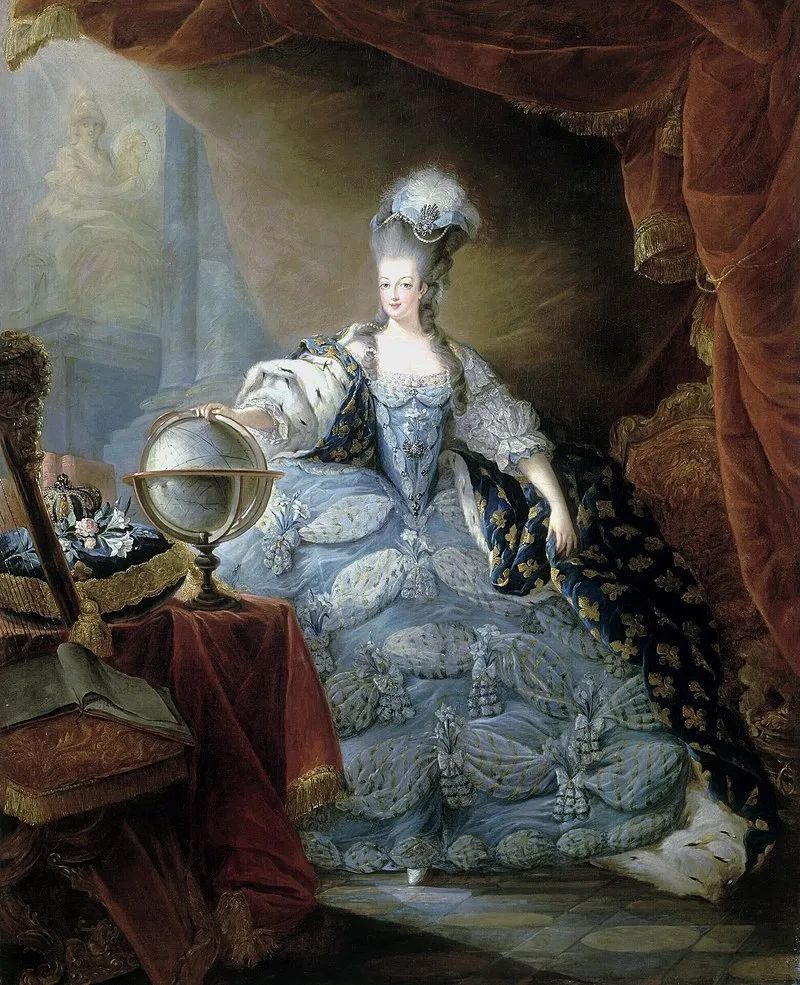
Beyond this outward splendor, Queen Marie was not solely focused on pleasure.
This radiant but delicate “Bourbon Lily” promoted female artists such as Anne Vallayer-Coster and Élisabeth Vigée Le Brun.
She provided them with the same pay and status as male artists.
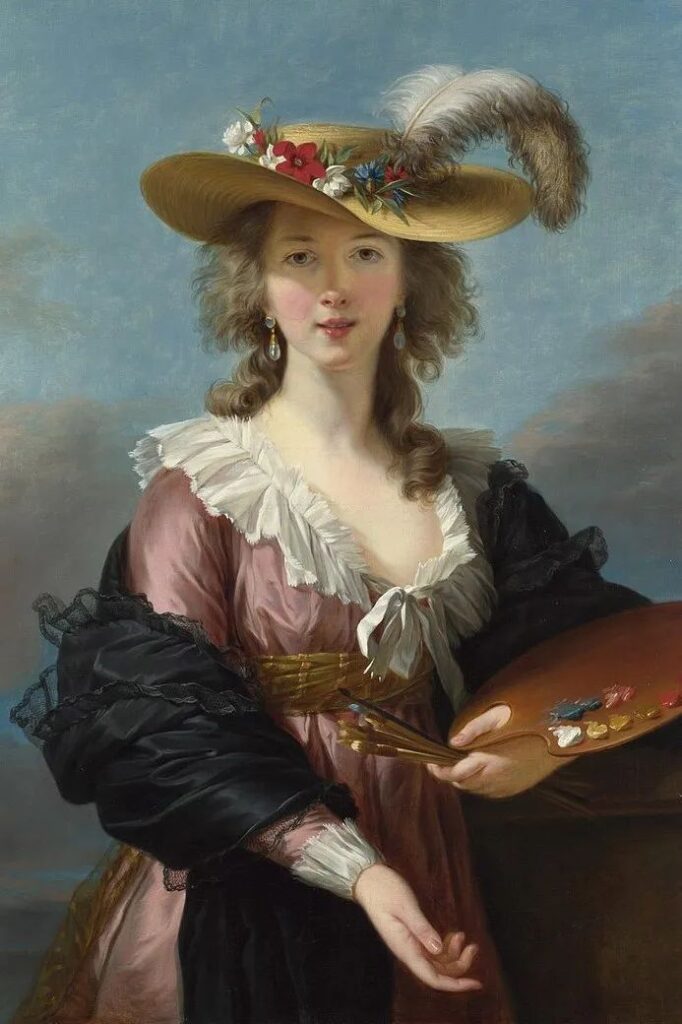

In an era when even noble women had no voice, she used her limited power to create a small, bright stage for women.
On her deathbed, she changed into a simple white dress to face her final judgment.
They tried again to persuade her to surrender, but the usually capricious Marie raised her proud head – she indeed didn’t know the hardships of common people, but as queen, she only knew that “rebellion” was wrong, and she couldn’t bow down.
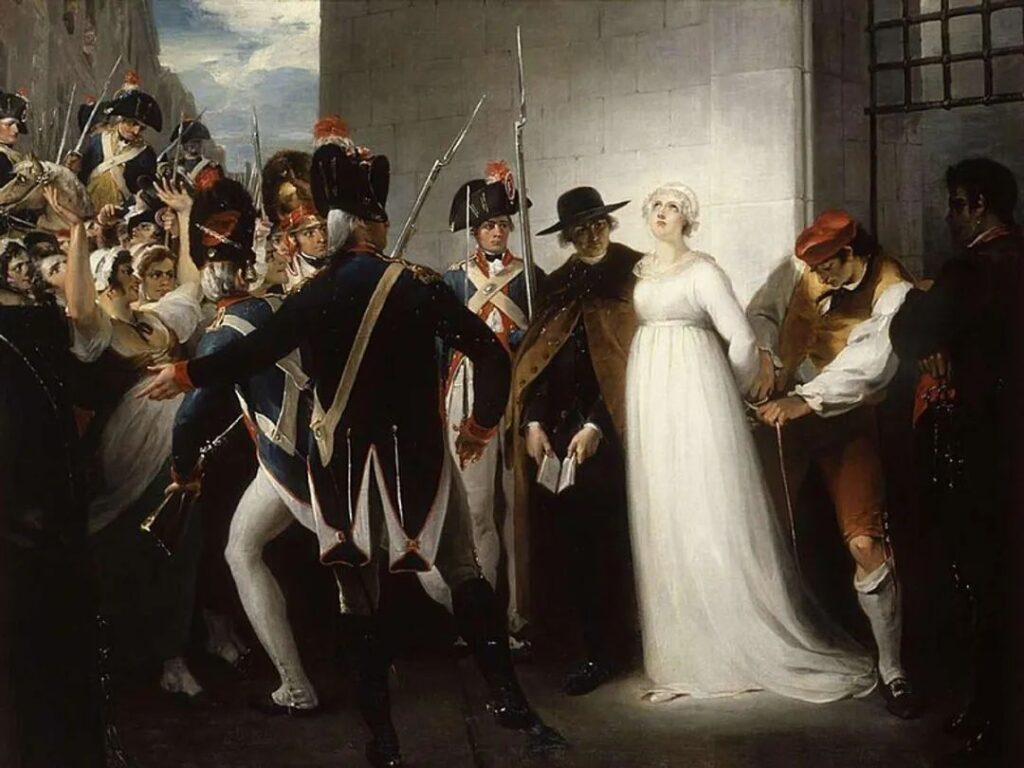
She didn't buy the necklace,
"Let them eat cake" wasn't her words.
But ignorance itself is a sin,
Perhaps this is the best interpretation of Marie's life.
A weak king who only knew how to study lock-picking, a naive queen who could only fill her inner loneliness with material possessions.
The fall of the dynasty wasn’t because of a necklace, nor because of Louis XVI and Marie. They were dealt a bad hand, so they lost completely.

Like the diamond necklace that appeared as the final push, it witnessed human greed and ambition, and revealed the corruption and hypocrisy of power.
The wheels of history won’t stop for one person, and Marie Antoinette’s life, as fleeting and brilliant as fireworks, can only bloom again in the writings and books of later generations.


